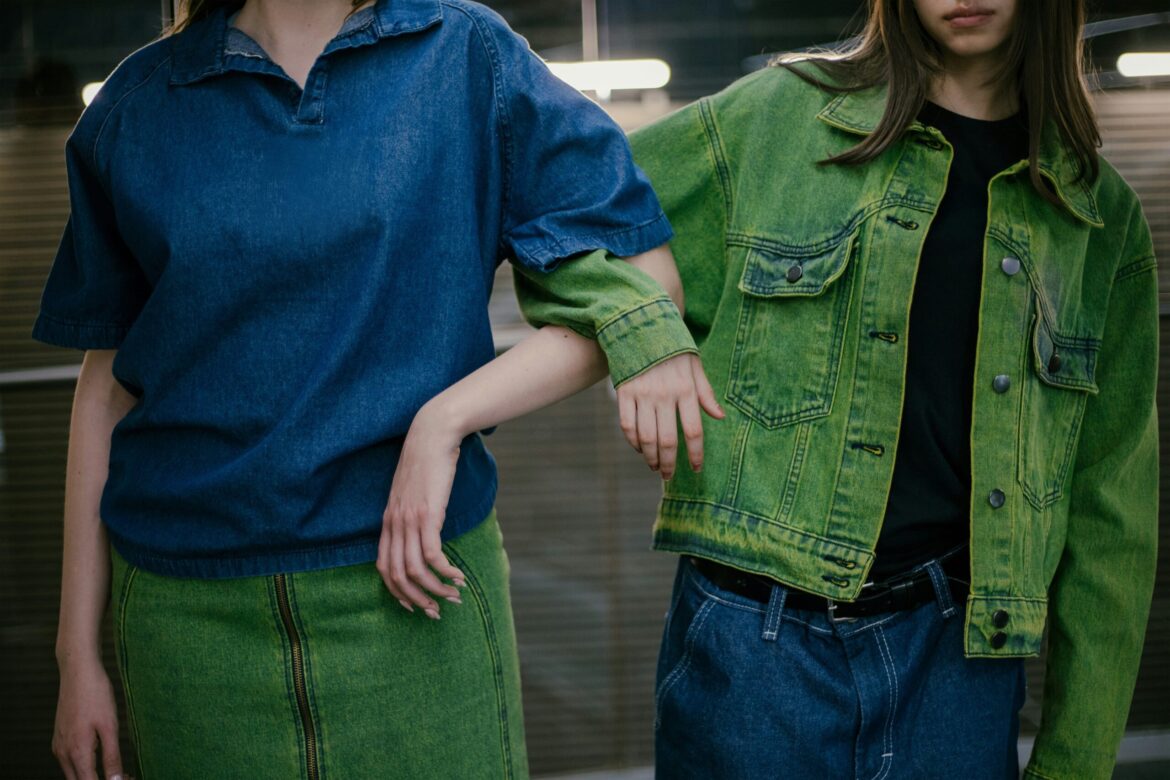February 19, 2025
In 2025, men’s fashion is undergoing a profound shift towards sustainability, with circular fashion taking center stage. This innovative model focuses on designing clothes for longevity and recyclability, allowing garments to be repurposed and reused at the end of their life cycle. Rather than being discarded, clothing can now be returned, upcycled, or recycled, drastically reducing waste and creating a more sustainable, closed-loop fashion industry.
A key player in this movement is ReWear, a new company pioneering the circular fashion model for men. Their collection focuses on high-quality, durable clothing made from organic materials that can easily be disassembled and recycled. In a bold move, ReWear has launched a take-back program, allowing customers to return worn items in exchange for credit toward future purchases. These garments are then refurbished, repaired, or recycled into new products, closing the loop on fast fashion waste.
“We believe sustainability should be built into the design of every piece of clothing,” says ReWear CEO, Maya Thompson. “Circular fashion isn’t just about reusing; it’s about creating a system where fashion is both environmentally responsible and economically viable.”
Other major brands such as Patagonia, Nike, and H&M are following suit, offering recycling initiatives and introducing garments designed specifically for easy disassembly. From modular sneakers that can be broken down and rebuilt to jackets made from biodegradable materials, these brands are reimagining the life cycle of clothing.
As 2025 progresses, it’s clear that circular fashion is not just a passing trend—it’s becoming the new standard. Men’s fashion is embracing sustainability, with clothing that can be continuously recycled, ensuring the future of fashion is both stylish and responsible. The age of circular fashion has arrived, and it’s shaping a more sustainable future for the industry.

